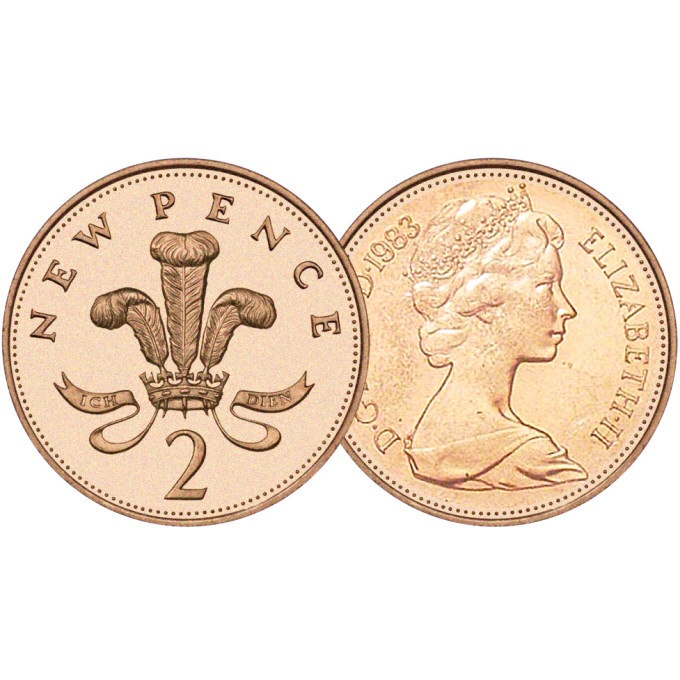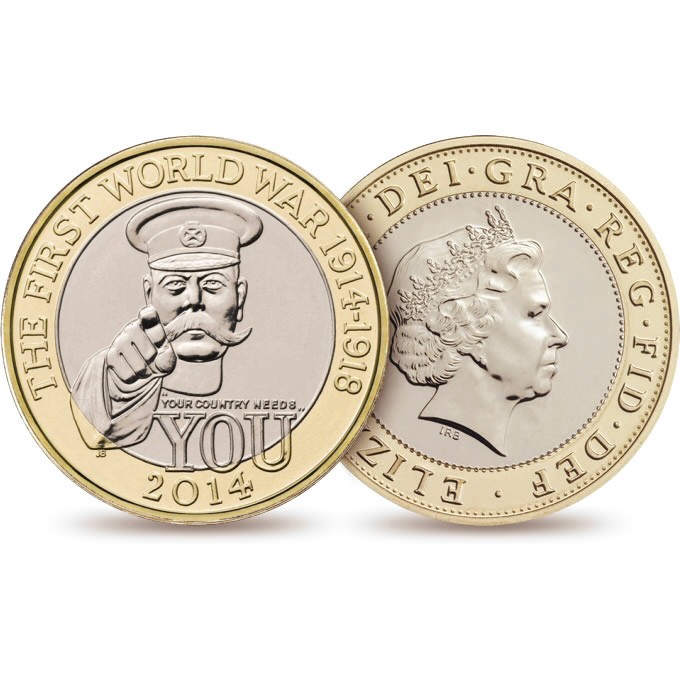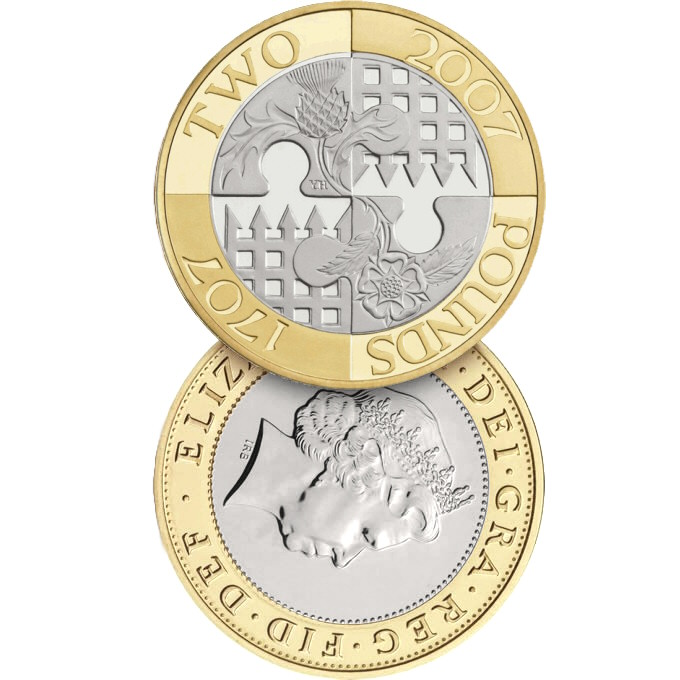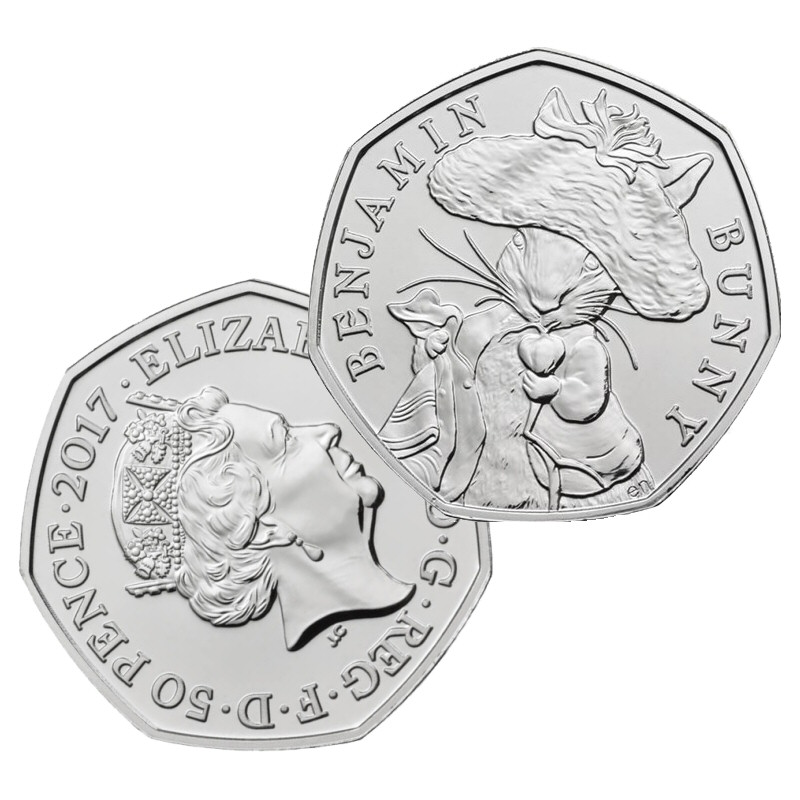How much is my UK error coin worth?
Is the coin actually an error?
First of all, an imperfect coin – or one not like other versions of the same coin – is not necessarily a minting error.
Most of the coins we are asked to inspect, fall into one of four categories – all of which are not genuine errors that occurred in production of the coin:

Check out the new Coin Hunter book available from Amazon now: COIN HUNTING: RARE & ERROR UK COINS - What to look for in Change and Bank Bags
Please read the information below before requesting a UK Error Coin Appraisal.








As intended, but the public have been misled by incorrect information
Example: If the writing on the edge of the coin is "upside down" – this is just because the minting process strikes the edge lettering before the main design, so it can be either way up.
As intended but imperfect due to mass productionExample: £2 coins: some dots on the heads side are missing or part of the design on the tails side is missing in the gap between the gold outer and the silver inner. This is just due to the speed of manufacture for circulation coins – there are countless minor imperfections that can never be considered errors.
Edge lettering, words not properly formed is another example of an imperfection not considered to be an error: The 1999 Rugby World Cup £2 coin often shows 999 as the year on the edge inscription, the 1 is lost in the milled edge. Similarly the 2005 Gunpowder Plot £2 shows the letter R as P on the edge - as the tail of the R is lost in the milled edge.
Manipulated / damaged after leaving The Royal MintDouble headed coins or flipped inner section, the current minting process means that:
A double heads or double tails you see on a UK decimal coin is almost certainly a manufactured trick coin.
Any flipped inner section of a two metal coin will have been made to deceive after the coin left The Royal Mint.
Most damaged coins stand out like a sore thumb and are not errors – the metal of any coin can be changed with tools and various substances.
Always be wary of any coin that is far from the right colour (variation of colour is normal) or part of the coin is not there or the design detail is not clearly visible. Whilst there are genuine errors that would change the appearance of coins in these ways – it is also quite easy to create fake error coins like this.
Natural damage can also occur, coins left in soil or water for long periods will discolour or even blister as rust forms in the metal core of a coin with an outer layer made of another metal.
Fake, not produced by The Royal Mint.There are many fake coins being held in collections today, where the owner has kept it because it is not like the normal coin.
If it looks a bit wrong in a number of ways – it is very likely a fake. Counterfeit coins usually have poor definition in the design, (which can be seen on a phone camera when zooming in) and in bi-metal coins the gold colour may be different to what is normally seen.
If you find a no edge inscription £2 coin where the edge is just milled (lines) – it is almost certainly a fake.
Example: The 2011 Technology £2 coin has been faked with the Queens head upside down when the coin is flipped over. What initially looks like a 180 degree rotation error is just a fake coin.
If your coin falls into any of these categories, it is not an error coin.
The Royal Mint Museum offer an error coin appraisal service, you would need to send images of your coin for checking and then a payment of £20, if your coin is accepted as a likely Royal Mint produced error. In return you will receive a Royal Mint Coin Authentication Letter.
